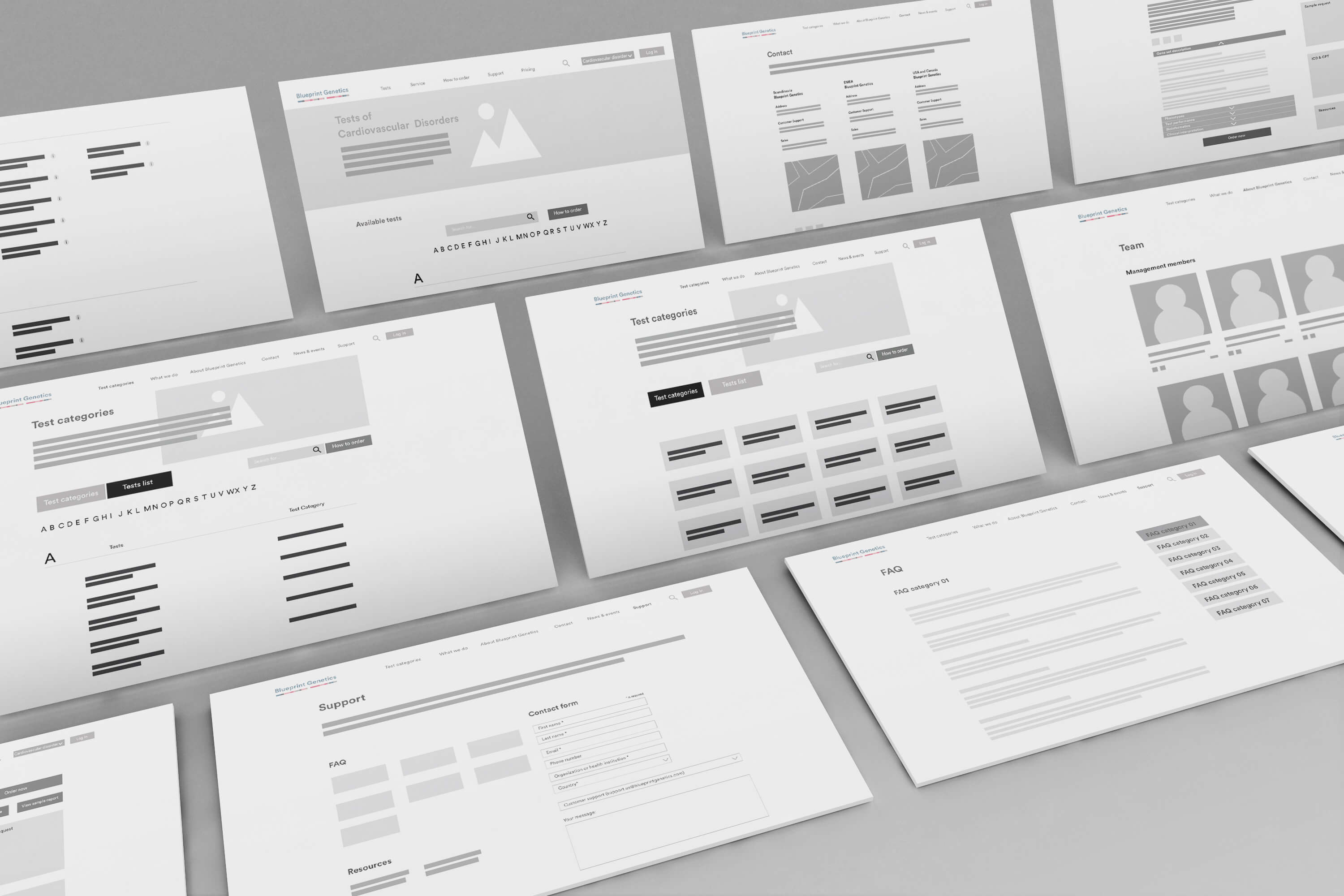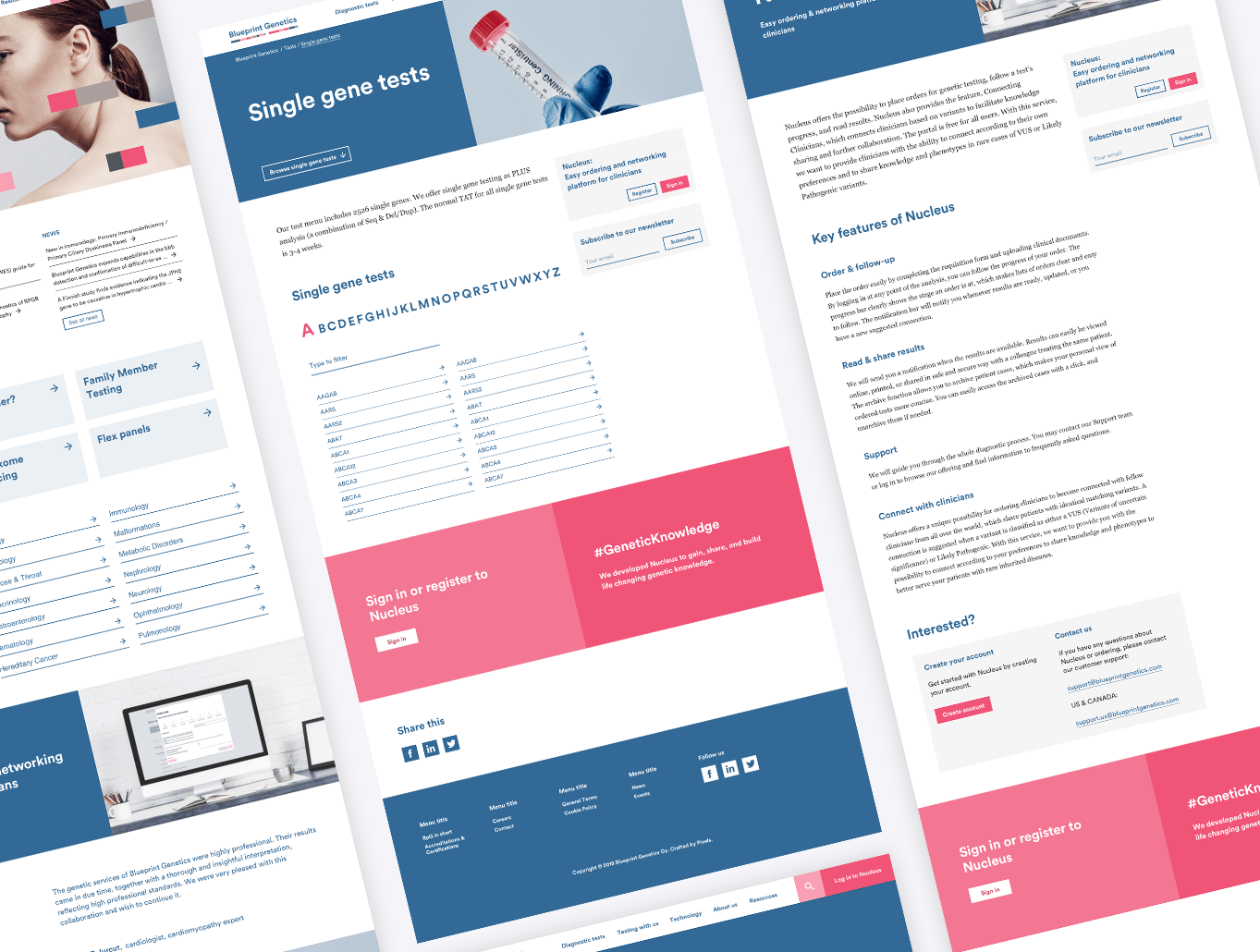A website with a customer-oriented design is a critical ingredient in creating a brand experience. Businesses aiming to make substantial profits do not just focus on their own agendas or rely on logo visibility to create a brand. Genuine engagement with the company can be fostered by placing customers at the centre of the company’s operations rather than trying to sweet-talk them into commitment. This is the route to boosting revenues many times over.
Customer- or user-oriented design embraces the terms UX, UI, CX and service design. People often get these terms confused, and the translated equivalents introduce further complexity. In this post, we will try to explain the terminology and make it easier to understand.
UX Design stands for User Experience Design
The UX Designer is ultimately responsible for the user’s satisfaction with the service. It is the UX Designer’s job to understand the wishes and needs of the customer and the end-user, describe behavioural patterns and pathways, and ensure that the service structure meets the customer’s expectations in a positive way. The UX Designer can answer the following types of questions:
- How could the online service be made as easy to use as possible?
- What types of data can I use to design the service?
- What is the expected behaviour of visitors to the site in this situation?
- Which obstacles could be removed to help visitors reach their objectives?
UI Design stands for User Interface Design
The UI Designer is responsible for the visual elements that customers interact with when they use the website or app. The UI Designer designs elements such as call-to-action buttons, navigation structures, data collection fields and other interaction points, as well as taking responsibility for the colour scheme, copy and other elements displayed on the page. The UI Designer can answer the following types of questions:
- What should the user interface look like?
- How can I communicate the brand’s visual identity?
- How can I highlight the most important parts of the online service?
- Which visual techniques can I use to improve the conversion of the website?
In simple terms, it could be said that the UX Designer is responsible for research, gaining an understanding of the customer, and design, while the UI Designer is responsible for practical implementation.

A UX and UI Designer all in one?
Because UX and UI design tasks are very closely related and, in some ways, overlapping, the duties are often combined into one role. An agile approach enables service design elements to be taken into consideration and the same methods to be used throughout the research and design process.
At Pixels, we do not assign UI and UX design duties to separate roles: the same expert is involved in the project from start to finish, from initial analysis and research all the way to the implementation of the user interface.
Find out more about UX & UI Design in our services.
UX Design in practice
At Pixels, UX design is based on a few cornerstones: research, gaining customer understanding, data analysis and iterative design, which includes user testing.
In practice, this means that we begin designing a project such as a new online service by finding out which goals and needs the target group has, how people may be accustomed to handling the matter in question, and which obstacles or pain points the update will address. We sketch and outline various user pathways, structural diagrams and outline models to gain an idea of the structure of the new service. We go through several iterations of this with our customer, and we also include user testing whenever possible.

User interfaces and prototypes are at the heart of UI design
Once we have created an outline of the structure and composition of the online service using rough models, we can begin applying the brand’s visual identity and designing the user interface and the look and feel.
We create design layouts by applying the outline models from the previous phase, and we go through a few more iterations and rounds of commenting. These are different from the outline models in that the layouts use colours, images, illustrations, icons and other visual elements, while the outline model is literally just a framework for the interface.
We recommend user testing with the help of prototypes: when we present and test a clickable, interactive prototype, we can receive invaluable feedback from real users before we have written a single line of code for the service.

Why is it worth investing in UI and UX design?
Everyone understands that customers are more likely to come back to services if they are easy and enjoyable to use, in contrast with services that leave a bad taste in the mouth. Ultimately, it boils down to business growth. McKinsey conducted a study in 2018 to identify how customer-oriented design affects a company’s annual profits:
Listed companies with strategies and operating methods that placed a strong emphasis on customer-oriented design experienced annual earnings growth of up to twice as much as companies that did not focus on customer-oriented design.
The customer is king, and companies should ensure that their strategies focus on taking this into consideration in everything they do. When companies listen carefully to their customers and have a clear understanding of the customer segments, values and needs, the UX and UI design process can be initiated quickly, as the data and knowledge of the company’s customers can be used directly during the project planning phase.
Ask us to evaluate the user experience of your online service
Leave us a message and we’ll get back to you within 24h (on business days). You’ll get results delivered to you quickly as UX audits can be completed within a day.